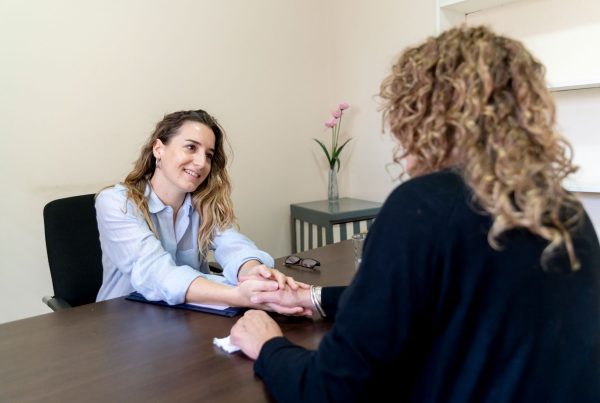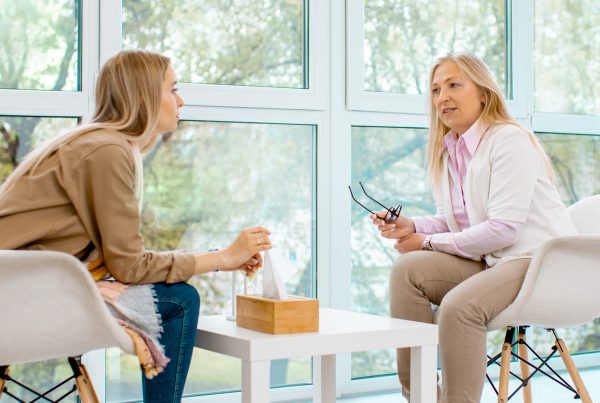Depression to Dysthymia
When you hear people talk about depression or being depressed, usually they are referring to major depressive disorder. You don’t hear a lot about dysthymia, which is a mild form of depression that persists for a period of two years in adults.
This post will help you identify some of the differences between depression and dysthymia. To be sure, both are real and both are treatable. Left untreated both of these mood disorders can greatly decrease the quality and quantity of a person’s life.
1. DepressionThe symptoms of depression include:
A. Hopelessness
B. Loss of appetite
C. Excessive crying
D. Social isolation
The symptoms of depression are more severe than dysthymia because depression tends to be more sever in general. Those who suffer from depression know how severe the symptoms are. Typically, those who suffer from depression absolutely know they have depression.
Typically, depression is more prevalent in young adults, middle aged adults, and elderly people. Depression can be triggered through an immense range of events and biological factors. If someone has family members who have a history of depression, it is more likely that person will develop depression later in life.
2. DysthymiaThe symptoms of dysthymia include:
A. Low self-esteem
B. Fatigue
C. Low mood
D. Sad mood
While these symptoms don’t seem extreme, overtime dysthymia can lead to a more serious condition or even a different mood disorder. People who have dysthymia tend to be adolescents or young adults who experienced a major trauma, like loss of a parent.
Often, those who have dysthymia won’t recognize they have dysthymia but those around them might recognize it. Typically, those with dysthymia will be described as having a “sad personality” and they will have a hard time expressing happiness even in joyful situations.
There are three main treatments for depression and dysthymia:
A. Psychotherapy
If you believe that you or someone you know is dysthymic, you could refer them to a psychotherapist. This is an effective mode of treatment with well measured outcomes. Patients tend to see a difference after coming to treatment, and psychotherapy is one of the best ways to prevent dysthymia from developing into something bigger.
B. Self-help
There are some people who have found self-help methods to be effective, however psychotherapy is the preferred method of treatment. Self-help treatment options include; hobbies, healthier relationships, diet, exercise, sleep, and community support groups. These can be effective and are frequently utilized.
C. Medication
A tertiary route for treatment is medication. Of course, medication is highly discussed and debated in many circles, but for some this can be the best option. This option does involve seeing a psychiatrist and getting a prescription. Some big complaints of the medication route include the symptoms of medication, lack of sleep, lack of appetite, excessive tiredness, etc.
Conclusion
Dysthymia and Depression are serious conditions that require treatment and healing. There are many options available for those who suffer from these conditions, but waiting cannot be an option.




